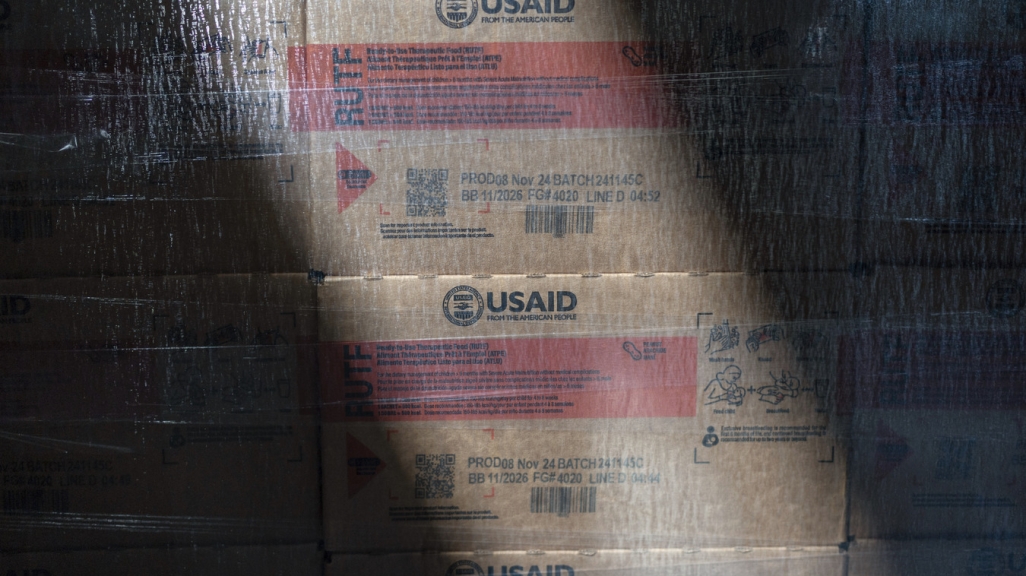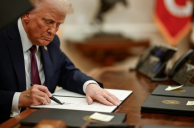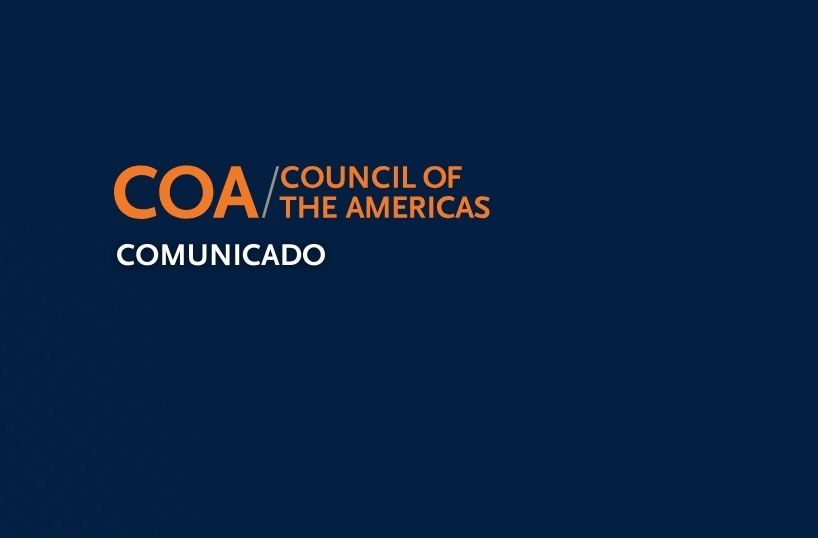Explainer: How Proposed U.S. Budget Cuts May Change Foreign Aid in the Americas
Explainer: How Proposed U.S. Budget Cuts May Change Foreign Aid in the Americas
President Trump has asked Congress for an 84 percent reduction in international programs spending. What might that mean for Latin America?
On May 2, the administration of U.S. President Donald Trump sent its proposed budget for the 2026 fiscal year to Congress. The proposal presents a major reduction in funds dedicated to international programs covered under Department of State, Foreign Operations, and Related Programs appropriations. This category concerns the budgets of the State Department, the U.S. Agency for International Development (USAID), and smaller organizations.
With just $31 billion for international programs, Trump’s budget request to Congress would signify a 47 percent cut in funding from 2025, when $58.8 billion was allocated. Moreover, Trump’s proposal also seeks to rescind about $20 billion in international programs spending that was previously approved by Congress. If approved, the total foreign affairs budget would contain just $9.6 billion in new spending, an overall 84 percent reduction compared to 2025.
AS/COA is tracking the U.S. president's actions toward the region, including on migration, trade, and security.










